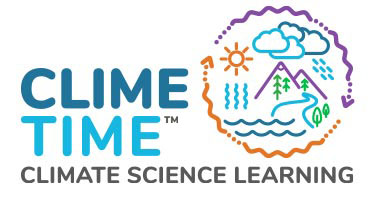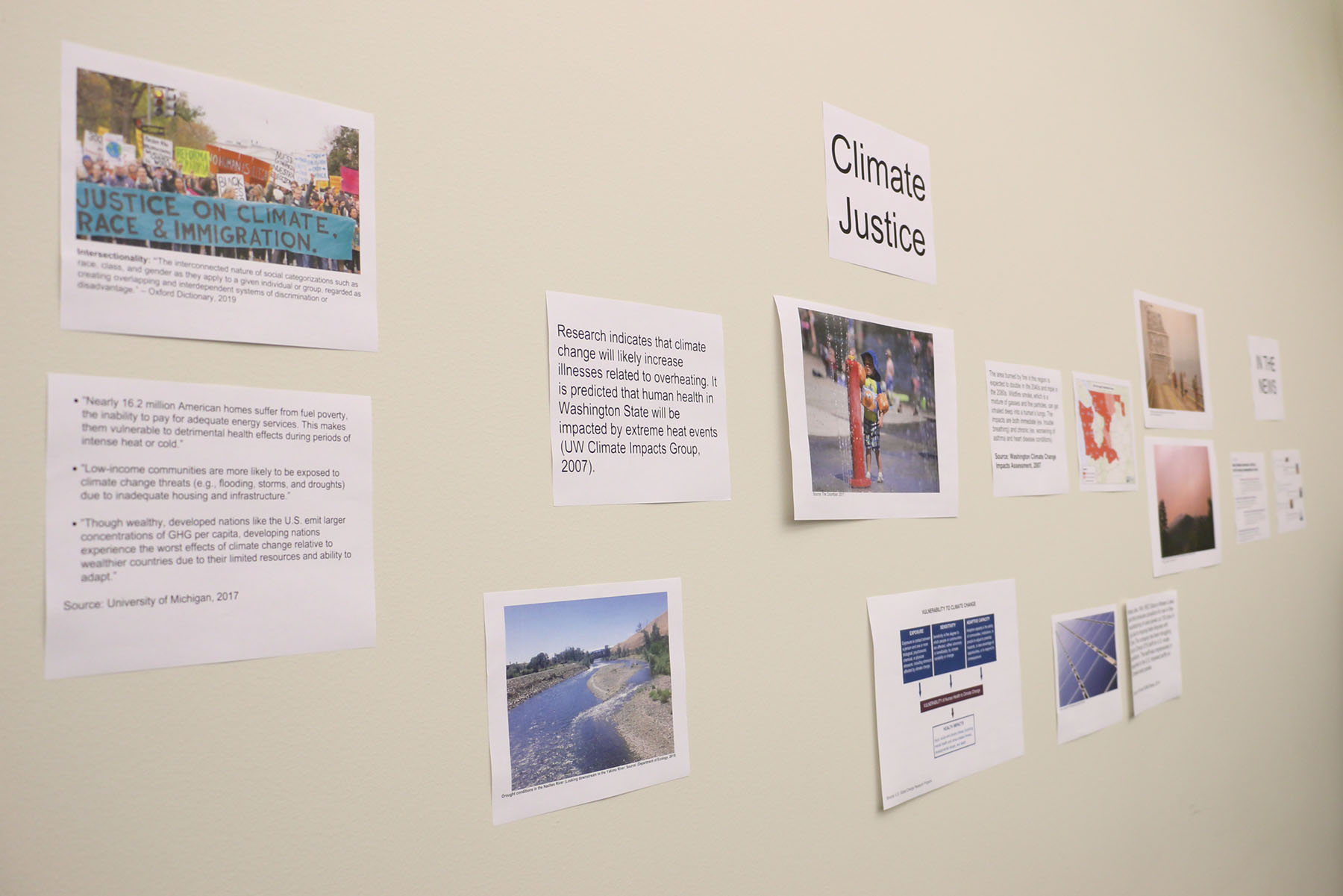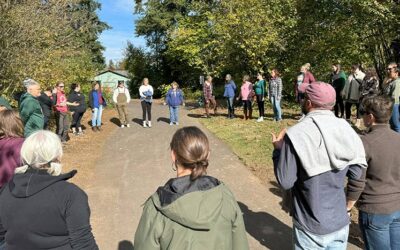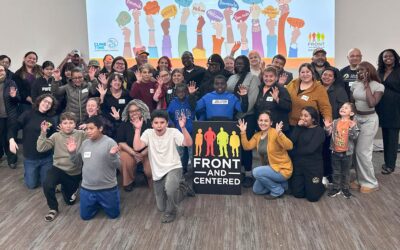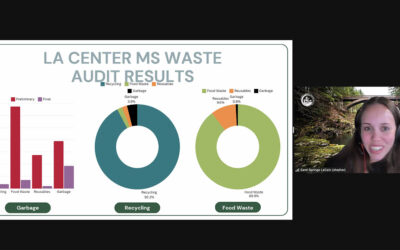It’s a delicate, yet important educational recipe. When imaginative curriculum, mandatory standards and critical areas of focus are combined, the outcome can be a delightful instructive concoction. This was precisely the outcome for the recent Climate Justice League (CJL) seminar, hosted by ESD 112 and Washington Green Schools (WGS).
“We realized how hungry our teachers are for this kind of in-depth training as soon as we began to offer STEM Seminars,” ESD 112’s Regional Science Coordinator, Stacy Meyer said.
The CJL, offered this fall, was first-of-its-kind opportunity for teachers to learn about teaching climate science issues in their classroom through a social justice lens and based on Next Generation Science Standards (NGSS).
Following the success a series of STEM Seminars, ESD 112 and WGS wanted to do more for teachers seeking professional development around climate science and social justice-related topics. They partnered with Dr. Deb Morrison, a climate research scientist with the University of Washington’s Institute of Science and Math Education, to brainstorm just what the CJL might look like in practice. Morrison frequently works with K-12 educators in Washington to “design effective justice centered learning experiences for leaders, students, and educators within science education, specifically with a focus on climate justice.”
“Often, teachers engaged in this kind of work, specifically at the intersection of climate science and social justice, need to know they are not alone,” said Morrison. “We wanted to help them not feel so isolated in the efforts to bring climate science education to their classrooms that they wanted to engage in but didn’t feel well supported in doing.”
When learning standards evolve, it can be difficult for teachers to find the support they need to make time for professional development and begin to introduce new concepts into their existing curricula.
“It can be overwhelming to try to incorporate these new concepts into our teaching, so I’m glad to have access to this network,” said Anna Ricks, a science teacher at Fort Vancouver High School and participant in the CJL last fall. “Having the opportunity to talk and collaborate with other teachers who are working on the same thing is really helpful.”
Based on the desire for more collaboration and a need for climate science professional development, the CJL seminars were born. At the first CJL session in September, teachers participated in a gallery walk and role play activity to broaden their understanding of climate justice topics and learn about activists that are working across the world to improve environmental conditions in their communities. Tim Swinehart, climate justice educator and editor of A People’s Curriculum for the Earth, and Liza Finkel from Lewis and Clark Graduate School of Education joined the session to share their expertise.
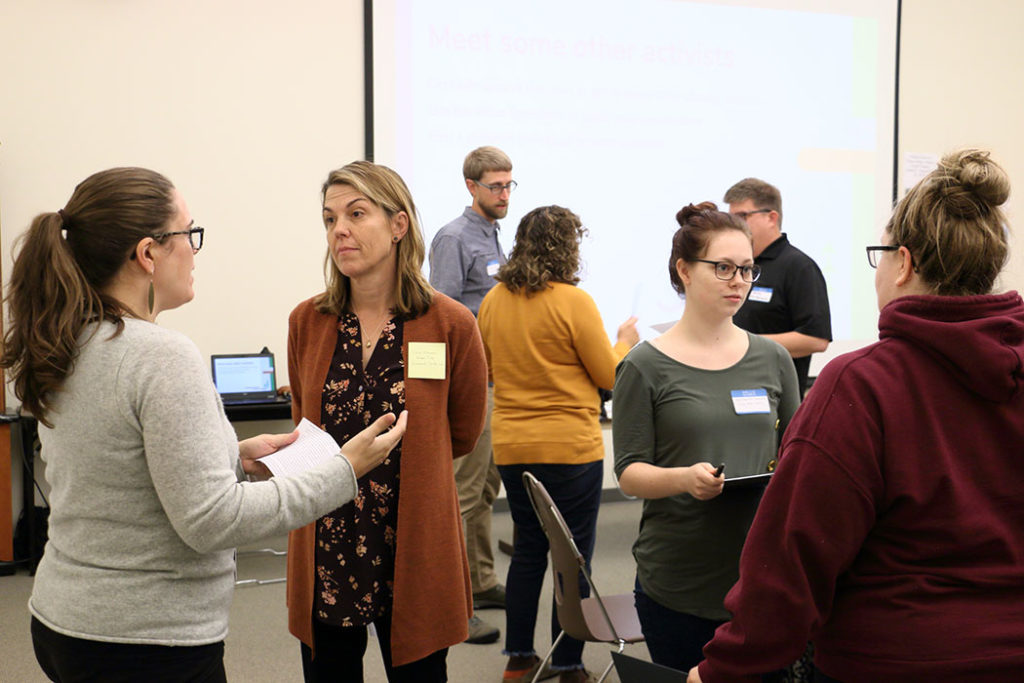
“I’ve witnessed a growing feeling of community among the teachers participating,” said Sahar Arbab, program coordinator for WGS. “Many are borrowing ideas from each other, making connections, and asking questions. I heard from multiple teachers that they felt encouraged and hopeful to see other educators excited about this work.”
During their second session in October, CJL participants learned about implementing anti-bias instruction strategies and teaching through a social justice lens. Participants then went back to their classrooms and began to implement some of the lesson plans and curricula they had learned about.
When they reconvened for the third and final session in November, the teachers each presented a classroom climate justice project they had already implemented in their classrooms and shared work that students produced as a result of the activity or project. This gave the teachers the opportunity to hear about various successes and share challenges of their efforts, as well as gain feedback on ways to continue to improve their work.
CJL has wrapped up its formal professional development sessions for the school year. Participants hope to continue to meet virtually throughout the remainder of the school year in order to continue building on the work they’ve already done and keep working with their peers to come up with innovative ways to introduce climate science education in their classrooms in the future.
